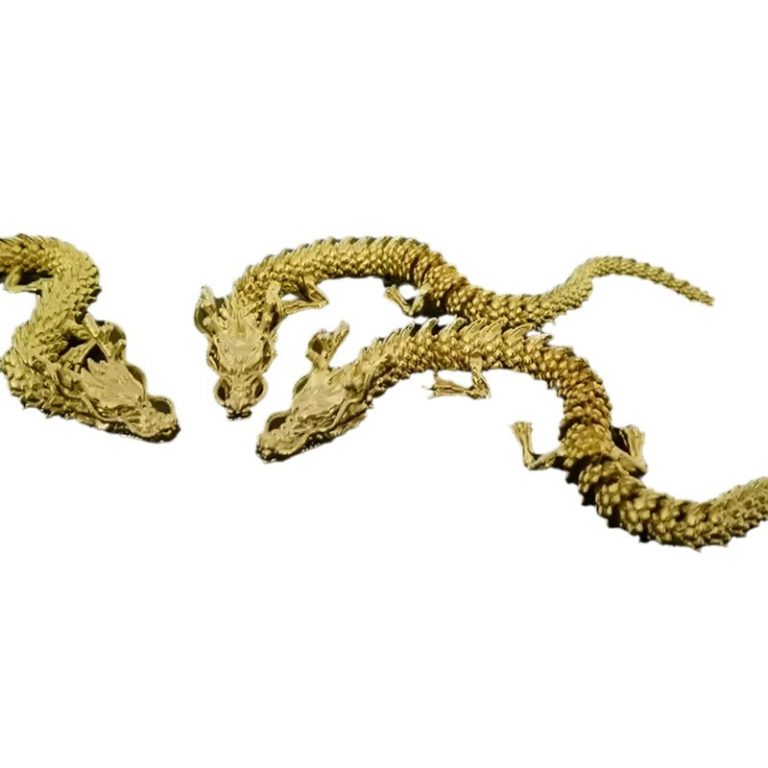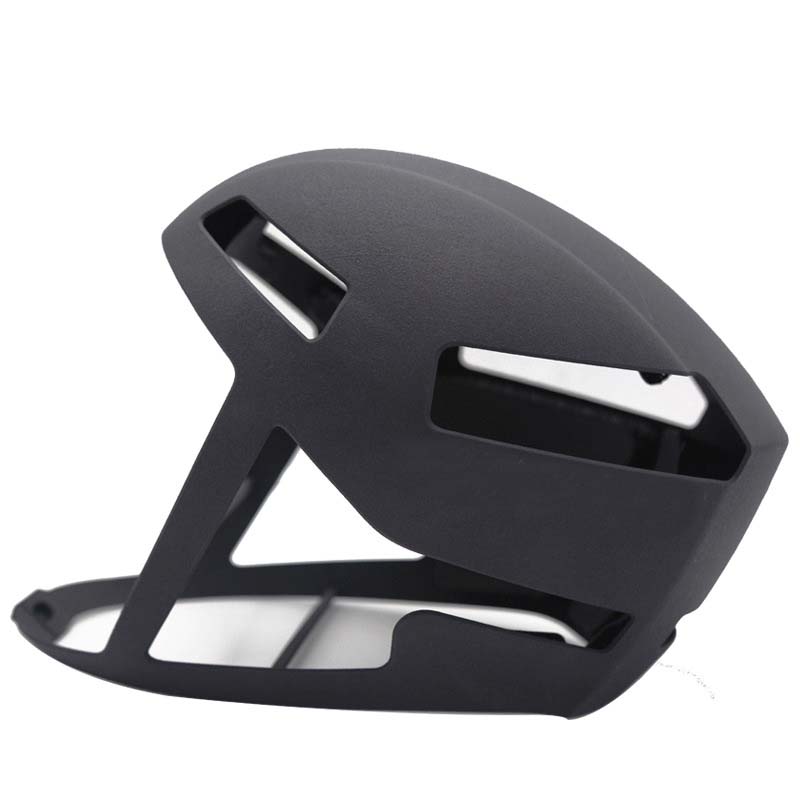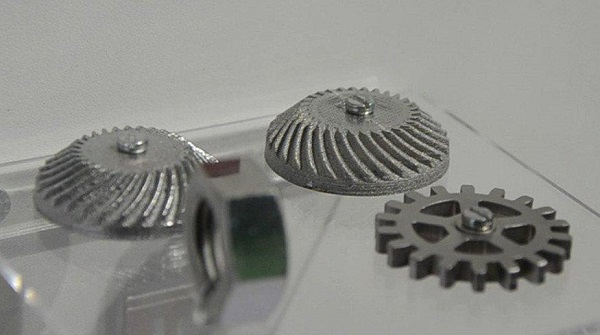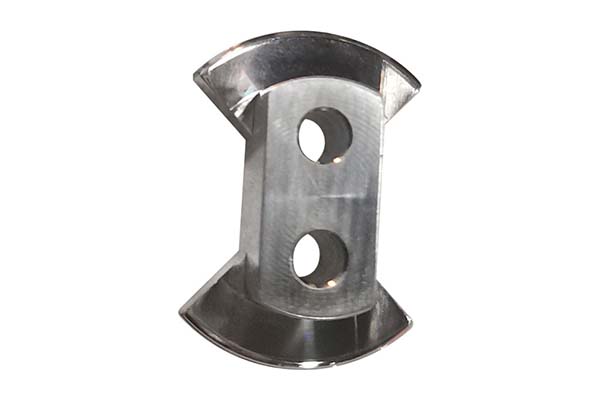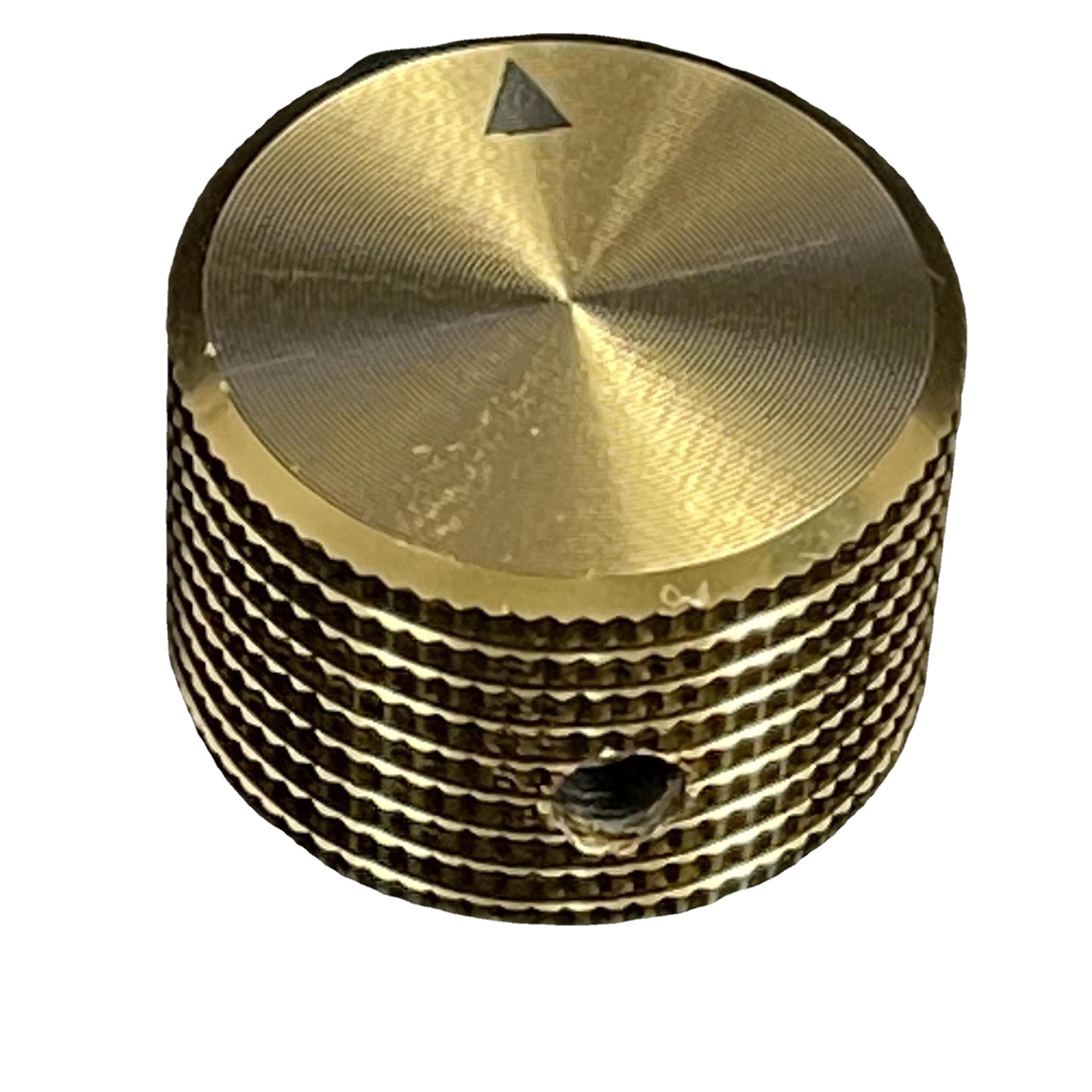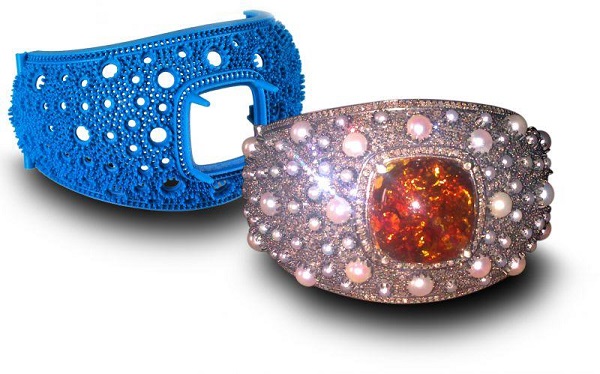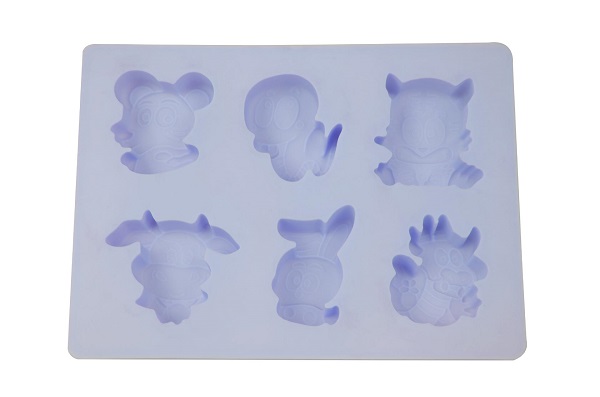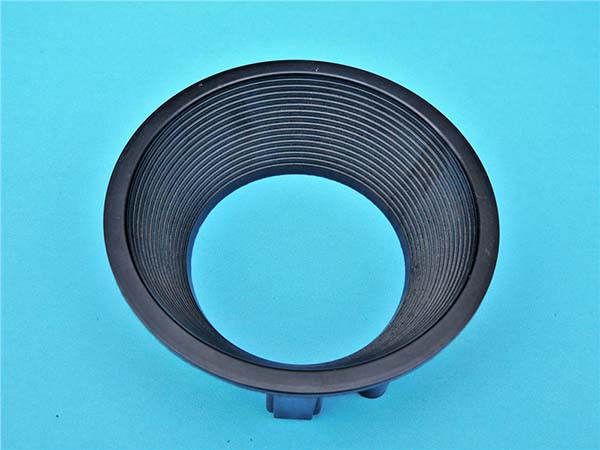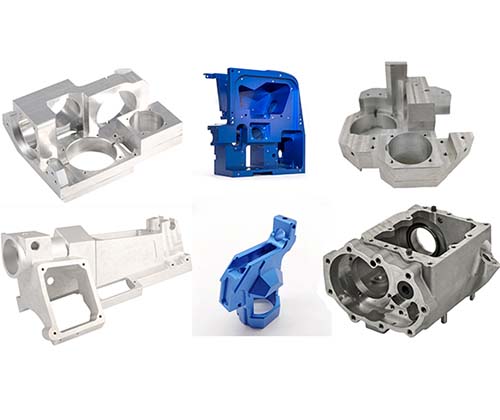Introduction: 3D Printing and ABS Materials
In the dynamic realm of modern manufacturing, 3D printing, also known as additive manufacturing, has emerged as a transformative force, revolutionizing the way products are designed, prototyped, and produced. This innovative technology has transcended the boundaries of traditional manufacturing methods, offering unprecedented flexibility, speed, and cost - effectiveness.
Among the plethora of materials used in 3D printing, Acrylonitrile Butadiene Styrene (ABS) has carved out a significant niche. ABS 3D printing, in particular, is playing a pivotal role in rapid prototyping, a crucial stage in product development that allows designers and engineers to quickly transform their ideas into tangible models for testing and refinement.
Yigu Technology delves deep into the world of ABS 3D printing, exploring how it is shaping the future of rapid prototyping. We will examine its unique properties, diverse applications, technological advancements, and the challenges it faces, all in an effort to understand the full extent of its impact on the manufacturing landscape.
I. Fundamentals of ABS Materials and 3D Printing Technology
(1) Characteristics of ABS material
Acrylonitrile Butadiene Styrene (ABS) is a thermoplastic polymer composed of three monomers: acrylonitrile, butadiene, and styrene. Each monomer contributes unique properties to the final material. Acrylonitrile imparts chemical resistance and heat stability, butadiene provides toughness and impact resistance, and styrene offers good processability and surface finish.
ABS has a relatively high strength - to - weight ratio, which makes it suitable for applications where both strength and light weight are required. It has a glass transition temperature typically in the range of 80 - 105°C, which means it can maintain its mechanical properties over a wide range of temperatures. Additionally, ABS is known for its dimensional stability, which is crucial in 3D printing to ensure that the printed parts maintain their shape and size accurately.
The material is also easy to color, either by using pre - colored filaments or through post - processing coloring methods. This allows for the creation of prototypes with aesthetically pleasing appearances, which is especially important in product design and consumer - facing applications. For Yigu Technology example, in the design of consumer electronics, the ability to print prototypes in different colors can help in visualizing the final product's look and feel.
(II) Main 3D Printing Technologies and ABS Applications
- Fused Deposition Modeling (FDM)
- Working Principle: FDM is one of the most popular 3D printing technologies. In this process, a spool of ABS filament is fed into an extruder. The extruder heats the filament above its melting point (usually around 220 - 250°C for ABS) and then extrudes the molten material through a nozzle. The nozzle moves in a precise pattern, depositing the material layer by layer on a build platform. As the material cools, it solidifies, bonding to the previous layer and gradually building up the 3D object.
- Advantages when using ABS:
- Cost - effectiveness: FDM printers are generally more affordable compared to some other 3D printing technologies. The cost of ABS filaments is also relatively low, and the process has a high material utilization rate, with little waste generated during printing. For small - scale businesses and hobbyists, this makes it an accessible option for rapid prototyping.
- Mechanical Strength: ABS has good mechanical properties, and when printed with FDM, the resulting parts can be quite strong. They can withstand moderate stress and are suitable for functional prototypes in industries such as automotive and aerospace, where parts need to have a certain level of durability.
- Versatility: FDM allows for the use of various support structures, which can be easily removed after printing. This makes it possible to create complex geometries, including overhangs and hollow structures. For Yigu Technology example, in the prototyping of engine components in the automotive industry, the ability to create internal channels and complex shapes is essential, and FDM with ABS can meet these requirements.
- Disadvantages when using ABS:
- Surface Finish: The layer - by - layer deposition in FDM results in a relatively rough surface finish. The visible layer lines can be a drawback, especially for applications where a smooth surface is required, such as in the production of consumer goods with high - end aesthetics.
- Printing Speed: FDM printing can be relatively slow, especially for large or complex models. This can be a limitation when time is of the essence, such as in fast - paced product development cycles.
- Warping: ABS has a tendency to warp during the cooling process, especially when printing large or thin - walled parts. This can lead to dimensional inaccuracies and may require additional measures such as using a heated build plate, applying adhesives, or adjusting printing parameters to mitigate.
- Stereolithography (SLA)
- Working Principle: SLA is a photopolymerization - based technology. It uses a high - energy UV laser to selectively cure and solidify liquid resin. In the case of ABS - like resins used in SLA, the laser traces the cross - sectional shape of the 3D model onto the surface of the liquid resin. As the laser hits the resin, it causes a chemical reaction that polymerizes the resin, turning it from a liquid to a solid. The build platform then moves down a small distance, and a new layer of resin is recoated on the previously cured layer. This process is repeated until the entire 3D object is formed.
- Advantages when using ABS - like resins:
- High Precision and Resolution: SLA can achieve extremely high precision and resolution, with layer thicknesses as small as 0.05 - 0.1 mm in some cases. This makes it ideal for creating highly detailed prototypes, such as jewelry models, dental prosthetics, or small mechanical parts with intricate features.
- Smooth Surface Finish: The cured resin in SLA results in a very smooth surface finish, eliminating the visible layer lines characteristic of FDM. This is highly desirable for applications where aesthetics are important, such as in the design of luxury consumer products or high - end prototypes for marketing purposes.
- Disadvantages when using ABS - like resins:
- Cost: SLA printers are generally more expensive than FDM printers, and the cost of the liquid resins, including those with ABS - like properties, is also relatively high. Additionally, the post - processing steps for SLA prints, such as washing and additional curing under UV light, can add to the overall cost.
- Material Selection and Compatibility: The range of ABS - like resins available for SLA is more limited compared to the variety of ABS filaments for FDM. Also, some SLA resins may have different mechanical properties from traditional ABS, and finding the right resin with the desired ABS - like characteristics can be a challenge.
- Brittleness: In some cases, SLA - printed parts using ABS - like resins can be more brittle than FDM - printed ABS parts. This may limit their use in applications where high impact resistance is required.
The following Yigu Technology table summarizes the key differences between FDM and SLA when using ABS - related materials for 3D printing:
| Characteristics | Fused Deposition Modeling (FDM) with ABS | Stereolithography (SLA) with ABS - like resins |
| Cost (Printer + Material) | Low - cost printers and relatively inexpensive filaments. Low - initial investment and ongoing material costs. | High - cost printers and more expensive resins. Higher initial investment and ongoing material expenses. |
| Precision and Resolution | Moderate precision, with visible layer lines. Layer thickness typically 0.1 - 0.4 mm. | High precision and resolution, with smooth surfaces. Layer thickness can be as low as 0.05 - 0.1 mm. |
| Surface Finish | Rough surface with visible layer lines. | Smooth surface, free of layer lines. |
| Mechanical Properties | Good strength and impact resistance. Suitable for functional prototypes. | High precision, but may be more brittle in some cases compared to FDM - printed ABS. |
| Printing Speed | Relatively slow, especially for large or complex models. | Faster for small, detailed models. |
| Material Variety | Wide variety of ABS filaments available, with different colors and properties. | Limited range of ABS - like resins, and finding the right properties can be challenging. |
Iii. Actual cases demonstrate the influence of ABS 3D printing
(1) Automotive industry cases
One notable example in the automotive industry is a leading car manufacturer that was developing a new model of a high - performance sports car. In the past, when prototyping a complex engine component, such as an intake manifold, they would rely on traditional manufacturing methods. This involved creating a mold, which was a time - consuming and expensive process. The mold - making process alone could take several weeks and cost hundreds of thousands of dollars. Then, the casting and machining of the part would add more time and cost to the development cycle.
However, with the adoption of ABS 3D printing, the situation changed dramatically. Using FDM technology, they were able to create a functional prototype of the intake manifold in just a few days. The cost of materials for 3D printing the prototype was only a fraction of the mold - making cost, approximately 10 - 15% of the traditional method's cost.
This not only significantly reduced the time to market for the new car model but also allowed for more design iterations. The engineering team could quickly test different designs, making adjustments based on performance data and then printing new prototypes. In one instance, they were able to reduce the development time for the intake manifold from six months using traditional methods to just two months with ABS 3D printing, a reduction of about 67% in development time. This faster development cycle also enabled the company to respond more quickly to market trends and competitor challenges.
(II) Cases in the medical field
In the medical field, ABS 3D printing has also made remarkable contributions. A team of orthopedic surgeons was working on a complex case of a patient with a severe bone deformity in the knee joint. To plan the surgical procedure accurately, they needed a detailed physical model of the patient's knee.
Previously, obtaining such a model was difficult and expensive. Traditional methods involved using plaster casts or outsourcing the model - making to specialized companies, which was both time - consuming and costly. With ABS 3D printing, the surgeons were able to take a CT scan of the patient's knee, convert the scan data into a 3D model, and then print a highly accurate replica of the knee joint using ABS material.
The 3D - printed knee model provided the surgeons with a tangible representation of the patient's condition. They could study the deformity in detail, plan the surgical approach, and even practice the procedure on the model before the actual surgery. This led to a more successful surgery, reducing the operation time by about 30% compared to surgeries without the aid of the 3D - printed model. The patient also had a faster recovery time and a better long - term outcome.
Moreover, in medical research, ABS 3D printing has been used to create custom - designed tissue engineering scaffolds. For Yigu Technology example, a research group was working on developing a new treatment for damaged cartilage. They used ABS 3D printing to create scaffolds with precisely designed pore sizes and structures. These scaffolds could support the growth of cartilage cells, providing a promising approach for cartilage repair. The ability to customize the scaffolds using 3D printing allowed the researchers to test different designs and optimize the conditions for cell growth, accelerating the progress of the research.
Conclusion: The future role of ABS 3D printing in rapid prototyping manufacturing
In conclusion, ABS 3D printing has emerged as a game - changer in the field of rapid prototyping. Its unique combination of mechanical properties, cost - effectiveness, and design flexibility makes it an invaluable tool for a wide range of industries.
The key advantages of ABS 3D printing, such as high dimensional accuracy, good mechanical strength, and the ability to create complex geometries, enable the production of high - quality prototypes that closely mimic the final products. This not only accelerates the product development cycle but also reduces costs associated with traditional prototyping methods. For example, in the automotive and medical industries, the use of ABS 3D printing has led to significant time and cost savings, as demonstrated in the case studies.
